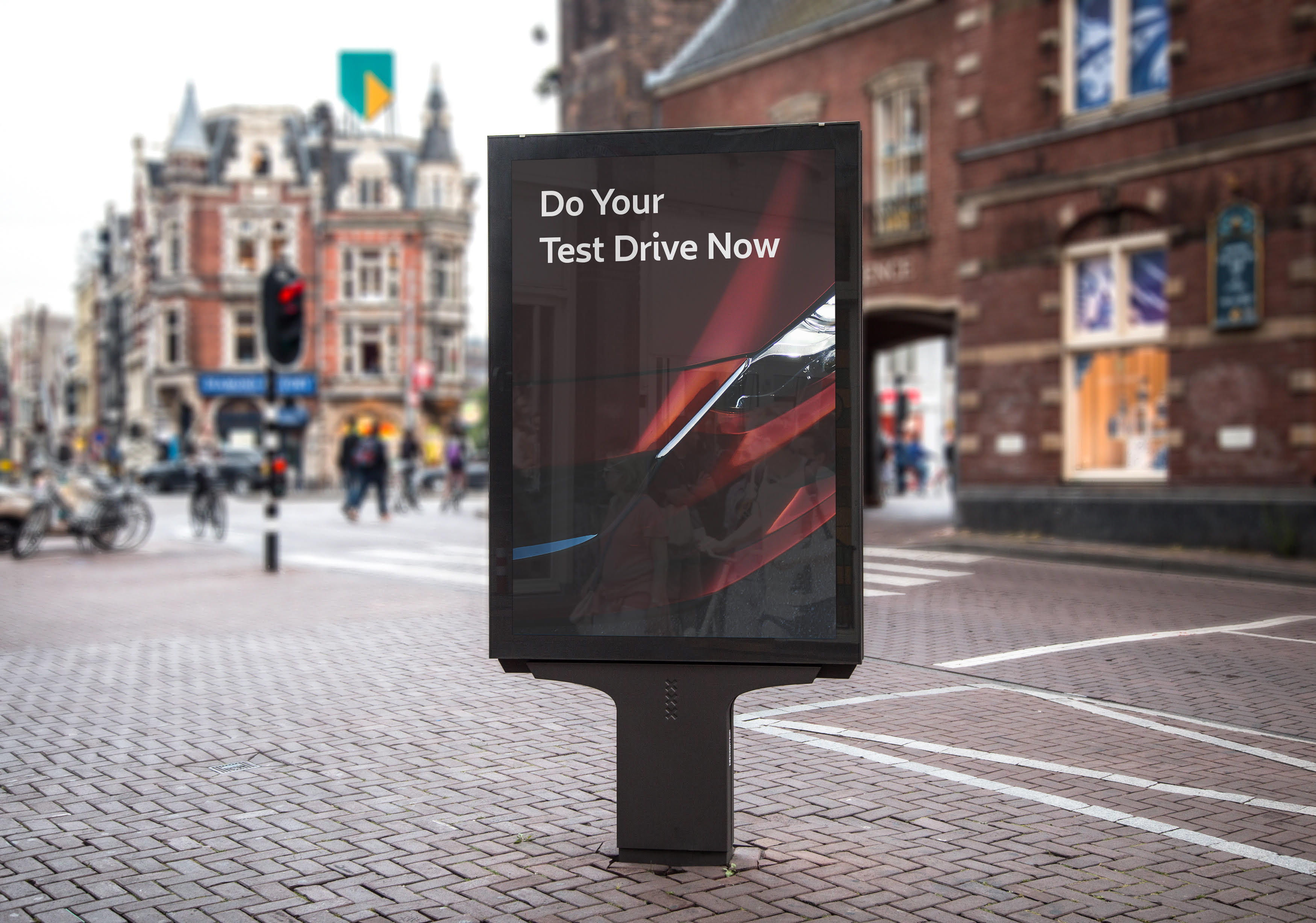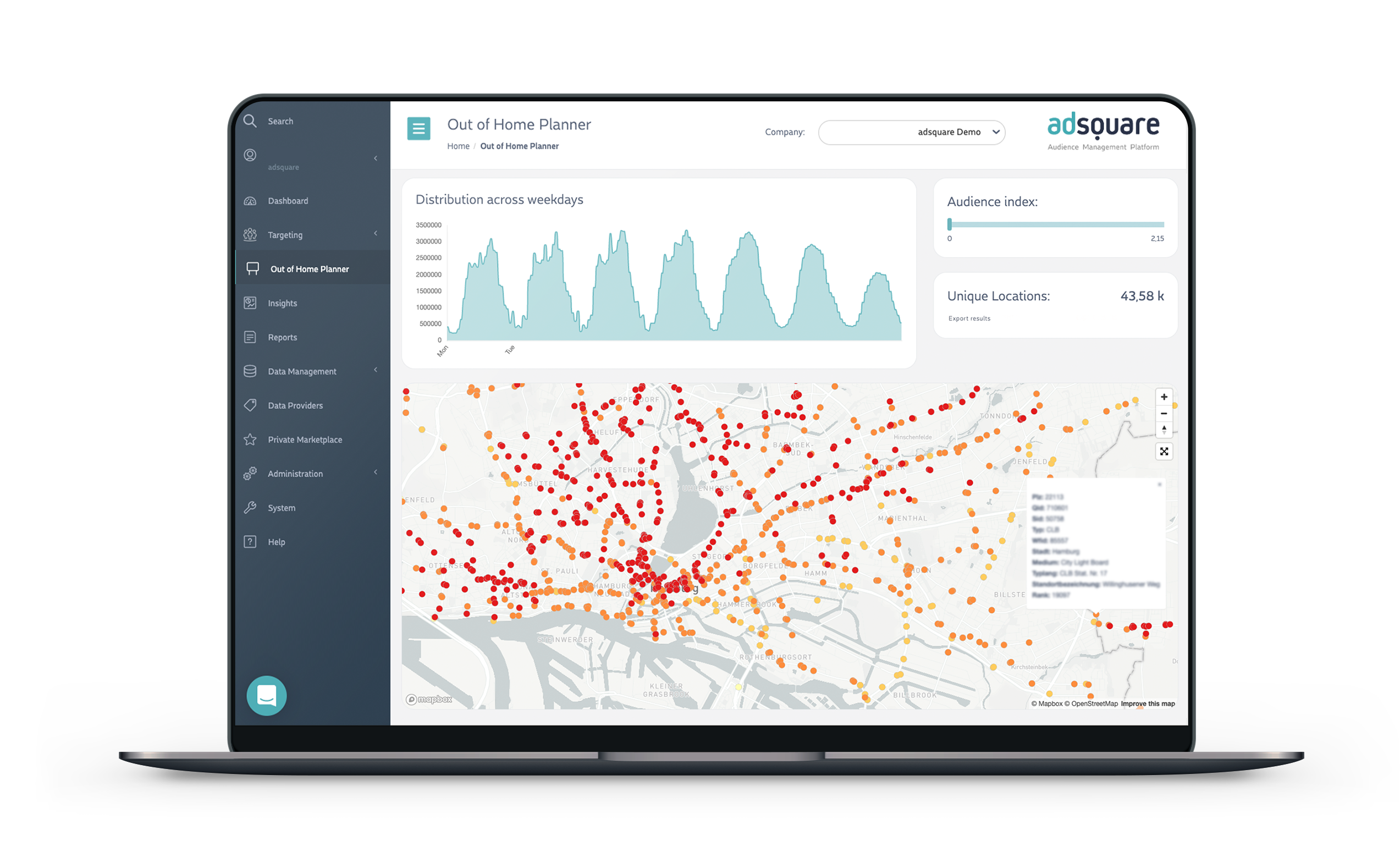The Digital Transformation of Out of Home

In a decade marked by digital disruption, few sectors have been as completely transformed as advertising. Data lies at the heart of this transformation.
Of course, data has always been important to advertising; providing the audience insights needed to drive good creative and ensure appropriate targeting and measurement.
But today’s use of data is something else. Thanks to the availability of big data, martech automation and the proliferation of digital channels, advertisers can target people with personalized messages at just the right moment. Meanwhile, programmatic ensures these impressions reach the right audiences at the best price and in the most efficient manner.
However, in this story of wholesale change, there’s been one notable exception: out-of-home (OOH) advertising. While the forces of digitalisation have impacted on OOH in the form of digital displays, signs and billboards, the data-driven approaches that have revolutionised the rest of the advertising mix have so far largely been absent.
Data revolution
The good news is that this is about to change. Our hypothesis is that OOH advertising is at the tipping point of its own data revolution. Thanks to the availability of spatial, audience and movement data at scale, OOH advertising is set to become every bit as context-aware, measurable and programmatic as online advertising. This is a new frontier in data-driven advertising – an emerging world of opportunities to make a brand’s out-of-home campaigns more relevant and impactful.
Over the next few years, we believe OOH will take its place at the heart of integrated, automated and measurable campaigns. The case for change is clear: data-driven, programmatic approaches to OOH advertising translate to more effective campaigns, lower costs and better integration with the wider marketing mix.
However, as with any data-driven innovation, there’s a significant caveat: OOH campaigns will only be completely successful if the right data is in place. Advertisers need to ensure they have access to the right sources of data and in the right quantities for the transformational impact of OOH advertising to be unlocked. So what are these data sources?~
There are three intertwined data elements to a successful OOH advertising transformation:
Spatial data
Spacial data describes information that relates to the physical location of a frame and includes data on points-of-interest, households and weather. This data can be taken from a range of sources, including maps, meteorological companies, census information, etc.
Audience data
Audience data is that all-important information on the people you want to reach. This includes socio-demographics, affinities, interests, places visited, purchases etc., extrapolated from mobile advertising IDs
Movement data
Movement data charts the location of end user devices by mapping anonymised mobile advertising IDs to timestamps and latitudes/longitudes and is essential for understanding the real-world behaviour of consumers.
Combined, this data triad opens the door to effective OOH advertising. It also enables programmatic DOOH campaigns. If you can bring all of this data together, sift it for the planning and implementation insights you need, and then activate these insights through a programmatic Demand-Side Platform (DSP), then you will be well on the way to a new and more successful OOH advertising paradigm.
 In adsquare’s latest whitepaper about the digital transformation of out of home, we explain in detail how the right platform solution can give advertisers and their OOH agency planners the ability to choose poster frame locations based on audience, spatial, and movement data using an interactive visual-mapping interface.
In adsquare’s latest whitepaper about the digital transformation of out of home, we explain in detail how the right platform solution can give advertisers and their OOH agency planners the ability to choose poster frame locations based on audience, spatial, and movement data using an interactive visual-mapping interface.
Omnichannel campaigns can be delivered in real-time, extending campaign creative to mobile when a user is in proximity to a poster location, or retargeted at a later date across any screen after passing a poster location. Finally, advertisers can gain audience insights to better personalise their campaigns, optimise their OOH spend and understand campaign effectiveness by analysing in store footfall attribution.
From being the weakest link in the data-driven advertising chain, out-of-home is on the fast-track to becoming its most important asset.
The reason is clear: finally, ‘big’ data in the form of spatial, audience and movement data is available to deliver the insights needed to make OOH campaigns more relevant to audiences, and the contexts they find themselves in when outdoors.
 Meanwhile, programmatic automation has finally caught up with the DOOH space. By integrating data with DSPs, brands can hone their campaigns and update them even when live to ensure they are optimised at all times. Accessing mobile ad IDs and mobile apps data also provides new opportunities for retargeting and crystal-clear attribution.
Meanwhile, programmatic automation has finally caught up with the DOOH space. By integrating data with DSPs, brands can hone their campaigns and update them even when live to ensure they are optimised at all times. Accessing mobile ad IDs and mobile apps data also provides new opportunities for retargeting and crystal-clear attribution.
The five steps outlined in this paper show you the areas that can be transformed through the better use of data and programmatic. However, while these steps are necessary, they’re not sufficient. As you look to implement a new OOH model to make the most of the opportunities at hand there are three essential questions you should ask yourself:
1. Does your data partner provide all the sources of data you need, at the right volume and with quality assurance?
2. Is this data integrated across all five phases of OOH planning, DSP activation, retargeting, attribution and insights?
3. Is your data brand-safe and sourced only from users that have provided explicit and full consent for its use?
If you can answer ‘yes’ to these three questions, then your data platform is fit-for-purpose. From there, you can look forward to a future where your OOH capabilities deliver more than ever and take their rightful place as part of a broad mix of integrated, data-driven advertising channels.
Source: David Murphy

